

William Stopford
4 Days Ago
It has never been easier to tune into your favourite playlists while driving with the emergence of true wireless earbuds and headphones.
As Apple CEO Tim Cook explained in 2017, AirPods are “becoming quite the cultural phenomenon right now”.
With the proliferation of convenient wireless earbuds from the likes of Apple and Beats, Google, Jabra and countless more, they’re almost ubiquitous.
But just like turning up the car stereo or texting while driving, wearing headphones behind the wheel poses a risk to drivers, occupants, and other road users by serving as a potential distraction.
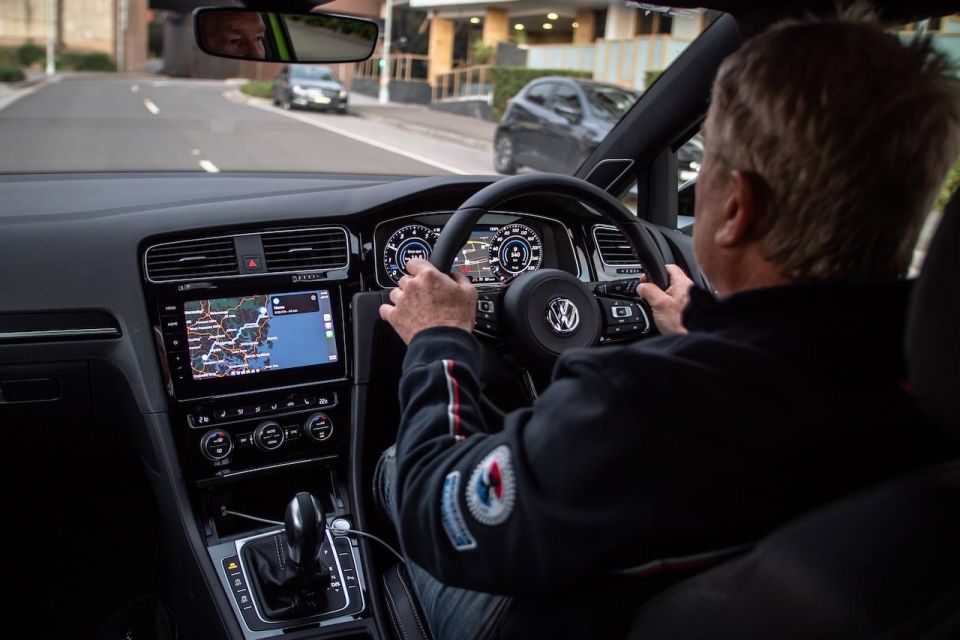
Currently, there aren’t any laws in Australian states that rule wearing earphones or headphones while driving as illegal. However, wearing earbuds could constitute distracted driving depending on how a police officer interprets your circumstances.
Operating any mobile device function (directly and indirectly) is illegal for learners and most probationary licence holders.
Authorities have the power to pull motorists aside and impose an immediate fine for driver distraction.
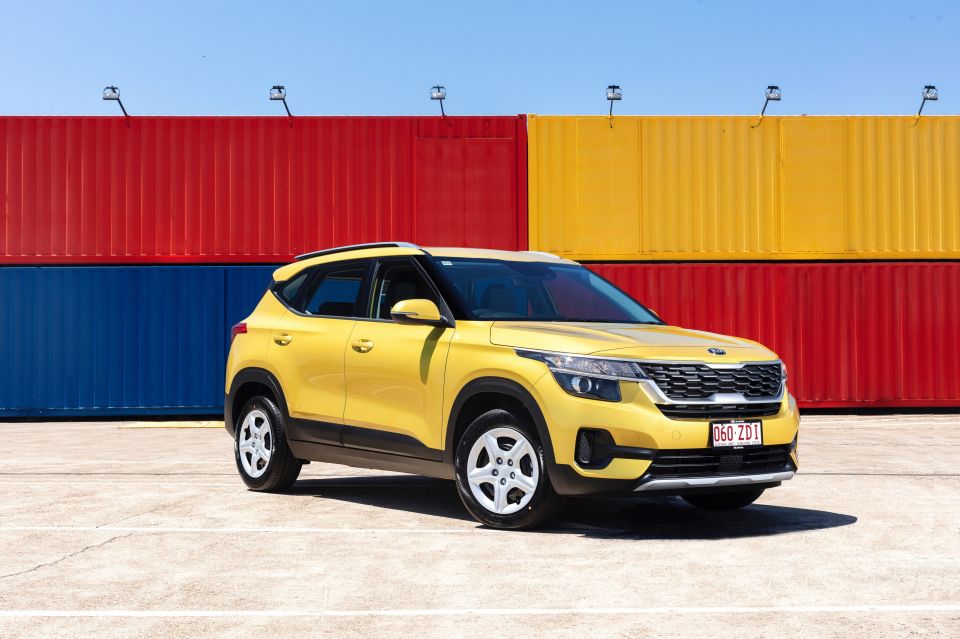
In Queensland, the Transport Operations (Road Use Management – Road Rules) Regulation 2009 stipulates open licence holders can use hands-free kits, wireless headsets, and loudspeaker functions are allowed as long as they are not being operated by the driver and their attention is not distracted.
Penalties for mobile phone use were upgraded in February 2020 to $1000 and up to four demerit points. Double demerit fines are issued for second or subsequent mobile phone offences committed within a year of an earlier offence.
It is illegal for learner and P1 provisional drivers to use their phones in any way, and these increased fines mean one offence could have your licence taken away from you.
The Queensland Department of Transport and Main Roads says in a Facebook post, “If you’re listening to music through headphones while driving, make sure it doesn’t block the sound of emergency vehicle sirens or distract you from driving.”
“There’s no law in Queensland preventing you from using headphones while driving. But if… it distracts you and causes you to drive erratically or crash, then you’ve likely committed an offence,” it states.
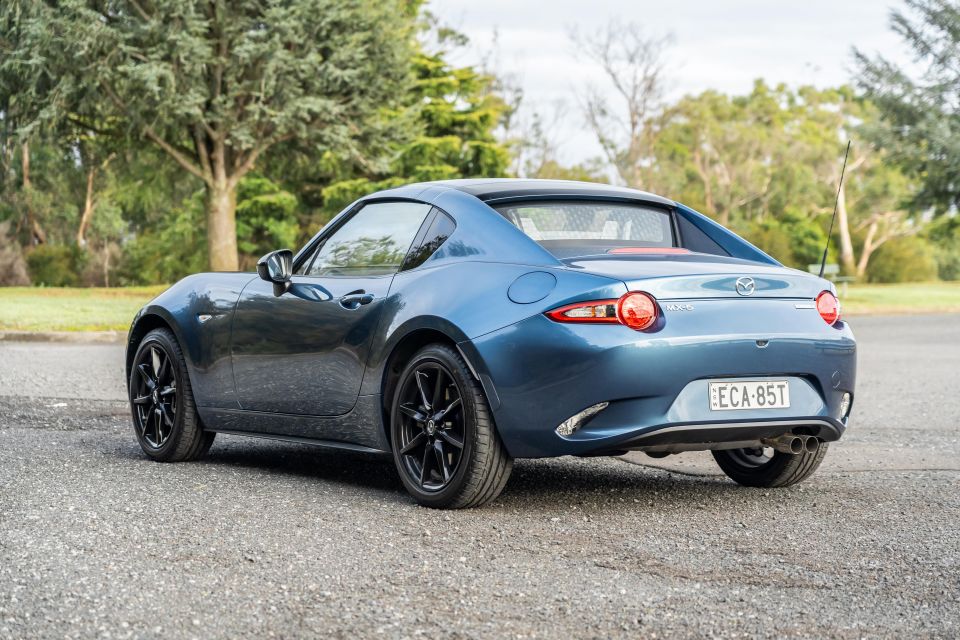
Under the New South Wales Road Rules 2014 297(1), drivers must have proper control of the vehicle at all times.
“Proper control” is a vague phrase that means a driver must have unrestricted control of the motor vehicle, with a “clear view” of the road, traffic, behind, and to each side.
If listening to music impedes your ability to hear road conditions outside, such as emergency vehicle sirens or horns, it may be deemed a distraction by authorities according to Lawpath.
For unrestricted licence holders, Bluetooth headsets may be used to make or answer a phone call, or play audio if the phone is secured onto a cradle and not touched by the driver.
The fine for touching your phone is up to 20 penalty units; illegal phone use is $344 or $457 if detected in a school zone. Additionally, a five demerit point applies, which is increased 10 demerits in double demerit periods (typically school holidays).
The state recently employed mobile phone detection cameras, but they don’t analyse for headsets – only for drivers touching their phones.
Learner, P1 and P2 drivers are not permitted to use any Bluetooth functions while driving.
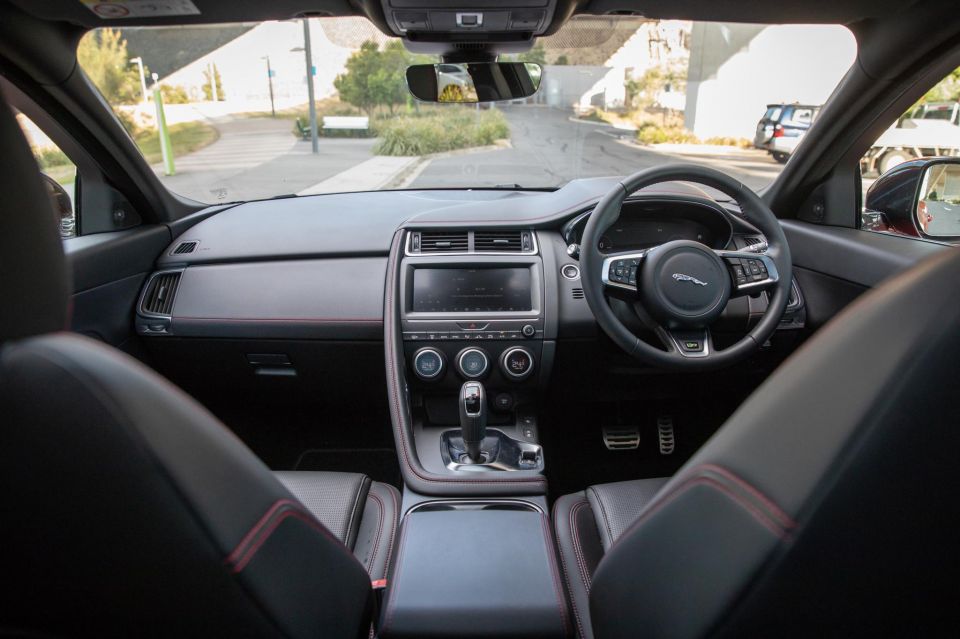
In Canberra, the Road Transport (Road Rules) Regulation 2017 allows calls to be answered or declined if the driver does not press or manipulate anything on the body of the phone.
Bluetooth ‘hands-free’ systems are allowed – but only if it doesn’t distract driving attention.
The Australian Federal Police states, “You can still risk prosecution for failing to have proper control of your vehicle. If you have a collision and are using a hands-free phone, you could still be charged with various offences depending on the circumstances.”
The act was amended in 2015 to enable drivers to use their phones for GPS navigation as long as it’s secured onto a cradle. However, motorists cannot strap a GPS or mobile phone device to their arm or any part of their body.
Infringing the state’s laws includes 20 penalty units for using a mobile device. For all licence holders, the fine for using a mobile device is $480 and three demerit points, or $589 and four demerits if the driver is found to be using a phone for messaging, social networking, using a mobile application, or accessing the Internet.

Unlike other states, VicRoads is a little more progressive in considering today’s commonly-used technologies – but it still doesn’t mention wireless audio devices in the Road Safety Act 1986 and Road Safety (Driver) Regulations 2019.
The Royal Automobile Club of Victoria (RACV) motoring body says people can use a wireless or hands-free device, including earbuds or headphones connected via a cord, to make or receive audio calls, listen to music or GPS guidance.
However, the hands-free device and phone must not be held in the hand or touched physically while driving or stationary but not parked (i.e. in traffic, at the traffic lights, etc.).
Fully-licensed car drivers may use a phone to make or receive a phone call, to use its audio functions or perform GPS navigation if it is fixed to a holder and not touched.
Meanwhile, learner, P1 and P2 drivers must not use any mobile function while driving or while stationary but not parked. This includes Bluetooth hands-free, Apple CarPlay or Android Auto.
VicRoads advises to not to interact with a smartwatch at all while driving. Just like some wireless earbuds, smartwatches can facilitate smartphone functions like phone calls, navigation, music, messaging, email, or social media notifications.
Motorists who don’t adhere to the law in Victoria will face an instant $484 fine and four demerit points. Learner, P1 and P2 drivers are prohibited from using any hand-held or hands-free mobile phone while driving.
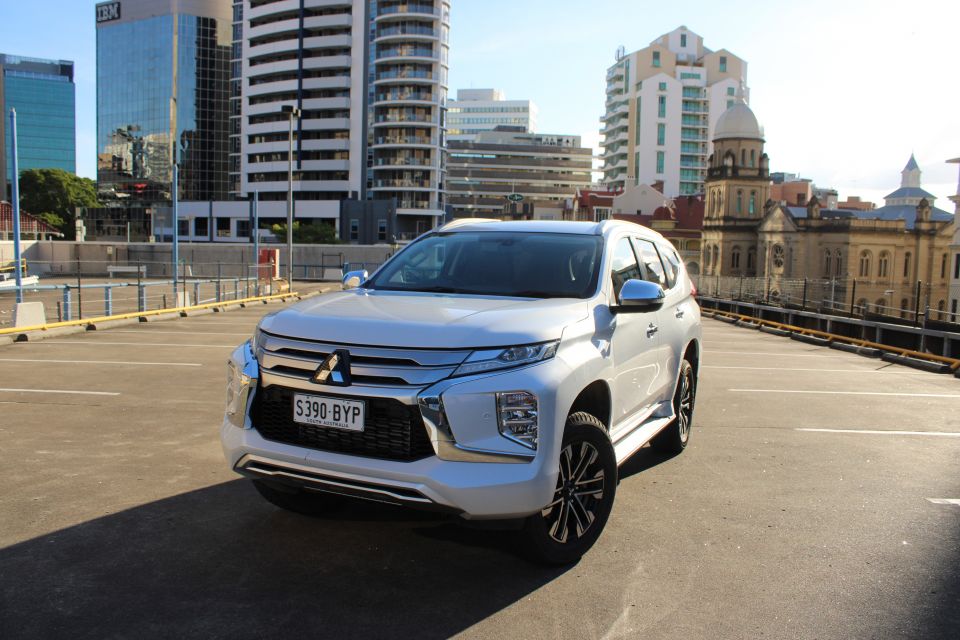
South Australia’sAustralian Road Rules Rule 300 (Use of Mobile Phones) explicitly says wearing and using wireless earbuds and headphones is allowed for full licence holders.
Phones may be used via Bluetooth, headphones or earphones without touching, holding or resting the mobile on the drivers body.
When the device is located anywhere inside the vehicle, including the driver’s pocket or pouch, the driver may touch the earpiece or headphone to operate the phone and make or receive a call when safe and appropriate.
In 2019, South Australia increased the penalty for mobile phone use (which applies to wireless headsets) by nearly 40 per cent to $534 and three demerit points, plus a compulsory $60 Victims of Crime Levy compensation fine.
Learner’s permit and P1 provisional drivers are banned from using any type of mobile phone function while driving or stopped but not set to park, including hands-free Bluetooth.
In this case, the maximum penalty is $2500 and removal of licence.
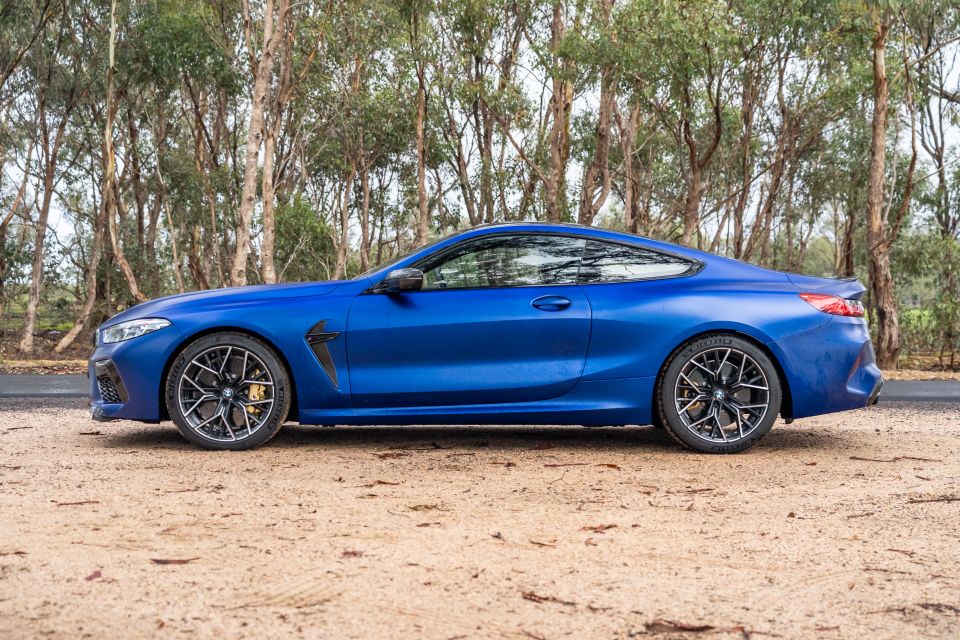
Similarly, up in the Northern Territory, mobiles may be operated without touching any part of the device in Rule 300 (Use of Mobile Phones).
As part of the state’s Towards Zero Road Safety Action Plan, it doubled the fine for mobile phone penalty to $500 and three demerit points.
It suggests motorists to stay focused and turn off mobile phones, even if it is hands-free.
The same fine applies to learner and provisional drivers, but like all states, all phone functions are prohibited.
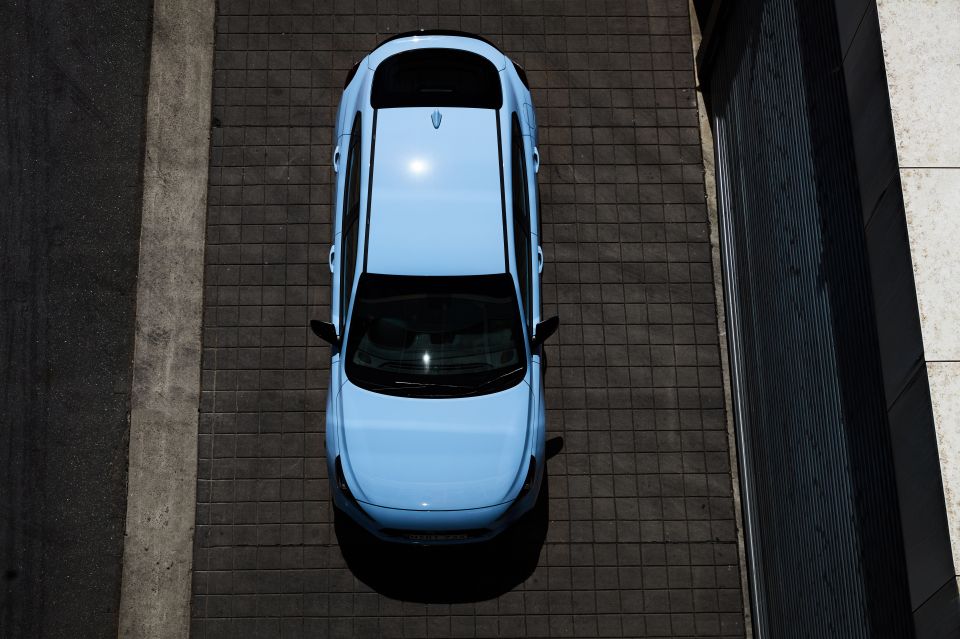
Western Australia’s Road Traffic Code 2000 (265) stipulates motorists can only receive or terminate a phone call without touching it using voice activation, a Bluetooth hands-free car kit, earpiece or headset when the phone is not secured in a mount.
According to the Western Australia Road Safety Commission, 19 per cent of all road fatalities in the state have been attributed to inattention, including mobile phone use and drivers who generally weren’t focused on the task of driving at the time of the crash.
“In fact, last year [2019] saw a 48 per cent increase in the number of people killed in inattention-related crashes on WA roads compared to the previous five-year average,” says Road Safety Council chairman Iain Cameron.
Effective from July 2020, mobile phone penalties will increase to $500 and three demerit points if found touching or holding a phone to make voice calls, or $1000 and four demerits for creating or viewing a text, social media, mobile application, video, or similar offence.
“Drivers need to have their mind as well as their eyes on the road, and as much as we think we can, we cannot do two things at once well.”
“This law reform is about ensuring that all drivers and riders are aware of the level of distraction and risk that comes with using a mobile phone illegally on the road,” says Cameron.

Like all states, Tasmania’s Road Rules 2009 (300) states drivers can operate phone functions through voice activation or Bluetooth technology if the smartphone is not mounted to a commercially-designed holder.
The World Health Organisation (WHO) and the Queensland University of Technology (QUT) highlights that drivers who use both a hand-held or hands-free phone while driving increases the risk of a crash by four-fold.
This reinforces that talking on a phone call or tuning into audio media can be a cognitive distraction while driving. The QUT says multi-tasking may cause lapses of attention, concentration and judgement – irrespective of whether a hands-free system (like wireless earbuds) is used.
People who breach the law of using and touching a mobile phone while driving (when moving or stationary but not parked) will pay a $336 fine and three demerit points.


William Stopford
4 Days Ago


James Wong
4 Days Ago


Alborz Fallah
3 Days Ago


Andrew Maclean
2 Days Ago
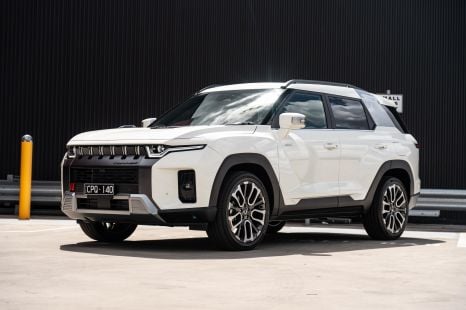

Max Davies
2 Days Ago


Marton Pettendy
2 Days Ago